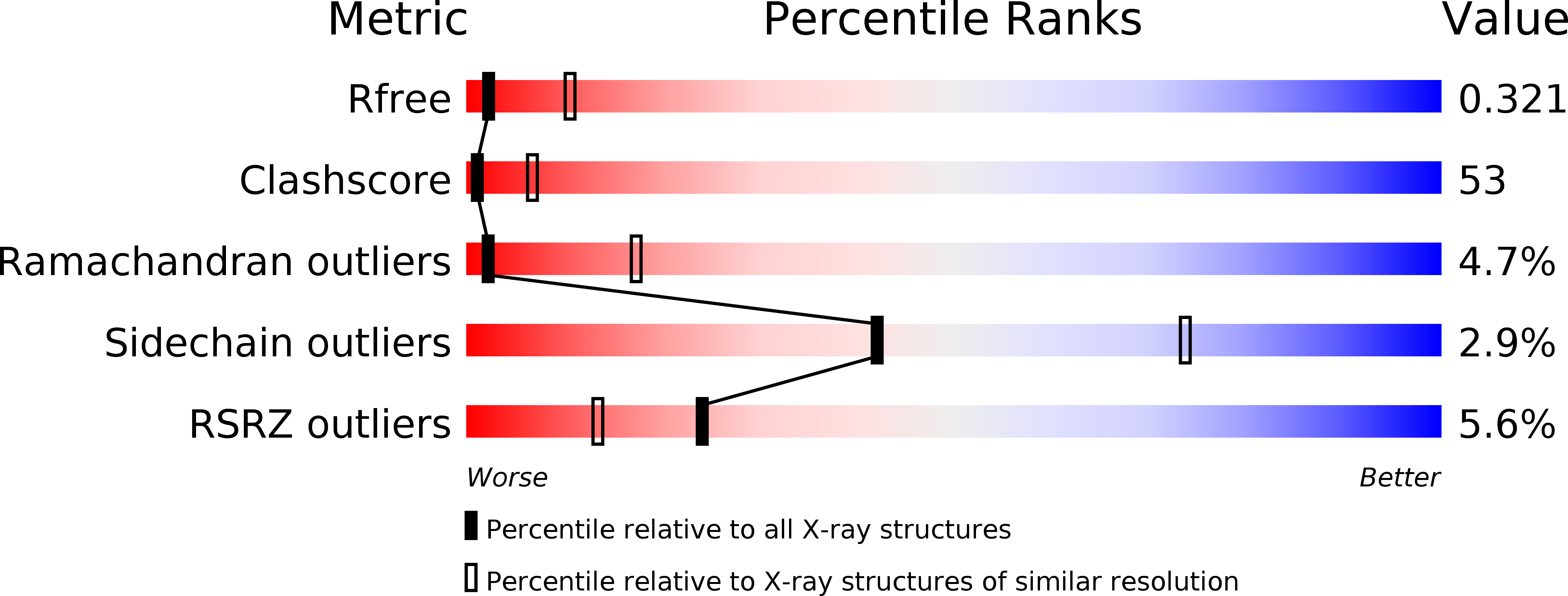
Deposition Date
2010-11-17
Release Date
2011-05-25
Last Version Date
2024-10-30
Entry Detail
PDB ID:
3PMQ
Keywords:
Title:
Crystal structure of the outer membrane decaheme cytochrome MtrF
Biological Source:
Source Organism:
Shewanella oneidensis (Taxon ID: 211586)
Method Details:
Experimental Method:
Resolution:
3.20 Å
R-Value Free:
0.32
R-Value Work:
0.30
R-Value Observed:
0.30
Space Group:
I 2 3


